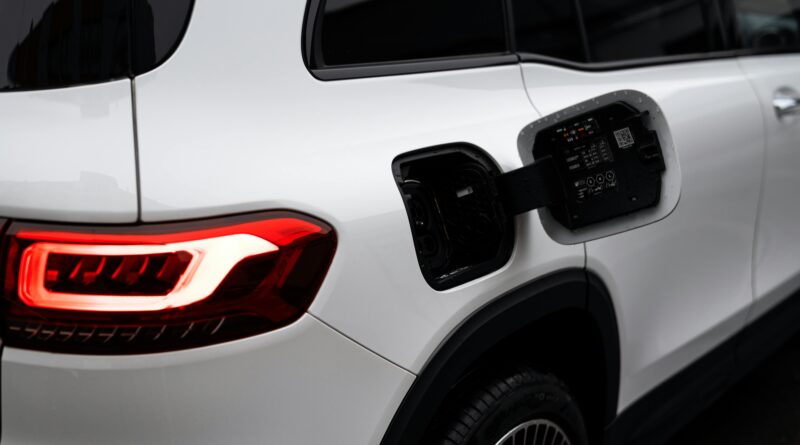Electric Vehicles 2025: Latest Trends and Market Developments
Electric Vehicles 2025: Latest Trends and Market Developments
The year 2025 marks a turning point for the electric vehicle (EV) industry. As environmental concerns grow and technology advances, EVs are no longer futuristic—they’re mainstream. Governments, manufacturers, and consumers are embracing electric vehicles more than ever before. This article explores the key trends and market developments shaping the EV landscape in 2025.
1. EV Adoption Reaches Record Highs
Global EV sales are expected to surpass 20 million units in 2025, with countries like China, the United States, and members of the European Union leading the transition. Incentives, improved infrastructure, and lower battery costs have made EVs more accessible to average consumers.
2. Charging Infrastructure Expansion
One of the main barriers to EV adoption has been charging availability. In 2025, that barrier is rapidly disappearing. Governments and private companies have built thousands of new charging stations, including ultra-fast chargers that can power a vehicle in under 15 minutes. Wireless charging and solar-powered stations are also gaining popularity.
3. Battery Technology Innovation
Battery technology has made significant strides. Solid-state batteries, which offer greater energy density, faster charging, and improved safety, are now entering mass production. EVs equipped with these batteries can travel over 600 miles on a single charge. Additionally, battery recycling and second-life battery applications are becoming more efficient and widespread.
4. Broader Vehicle Selection
From compact cars and SUVs to trucks and luxury sedans, automakers are offering more EV options than ever. Traditional manufacturers like Ford, GM, and Toyota have introduced entire EV lineups, while startups like Rivian, Lucid Motors, and NIO continue to disrupt the market. There’s now an electric vehicle for every budget and lifestyle.
5. Decline in Internal Combustion Engine (ICE) Vehicles
2025 sees a noticeable decline in new ICE vehicle production. Some countries have already enacted bans on the sale of new gas-powered cars by 2030 or earlier. Manufacturers are shifting investment from fossil fuel vehicles to electric drivetrains, signaling the end of the ICE era.
6. Government Incentives and Regulation
Governments are playing a major role in driving EV adoption. Tax credits, rebates, and even free parking for EVs are common. Stricter emissions regulations and carbon pricing have made traditional vehicles less economically viable. Some cities have introduced low-emission zones where only EVs are allowed.
7. Autonomous and Connected Features
EVs are not just electric—they’re smart. Most 2025 models come with advanced driver-assistance systems (ADAS), real-time traffic data, and over-the-air software updates. Integration with smart homes, voice assistants, and vehicle-to-grid technology is making EVs an essential part of a connected lifestyle.
8. Corporate Adoption and Fleet Electrification
Companies around the world are electrifying their fleets to reduce operational costs and carbon footprints. Amazon, FedEx, and DHL have deployed thousands of electric delivery vans. Rideshare companies like Uber and Lyft are also transitioning to electric fleets, with goals to be fully electric in select cities by 2030.
9. Environmental and Economic Benefits
Electric vehicles produce zero tailpipe emissions, reducing air pollution and greenhouse gases. Additionally, they’re cheaper to maintain due to fewer moving parts. Over time, EV owners save on fuel and servicing costs. On a global scale, widespread EV adoption helps nations meet climate goals and reduce dependence on oil imports.
10. Challenges That Remain
Despite rapid progress, the EV industry still faces challenges. Battery raw material sourcing, grid capacity, and consumer skepticism in some regions need to be addressed. However, with continuous innovation and global cooperation, these hurdles are gradually being overcome.
The Future of EVs Beyond 2025
Looking ahead, the focus will shift toward sustainability in manufacturing, AI-powered driving, and increased personalization. Solar-integrated vehicles and fully autonomous EVs are already in development. By 2030, EVs are expected to dominate new vehicle sales worldwide.
Final Thoughts
2025 is a milestone year for electric vehicles. As the industry matures and consumer confidence grows, EVs are reshaping the transportation landscape. Whether you’re a driver, business owner, or investor, embracing this change is no longer optional—it’s essential.

